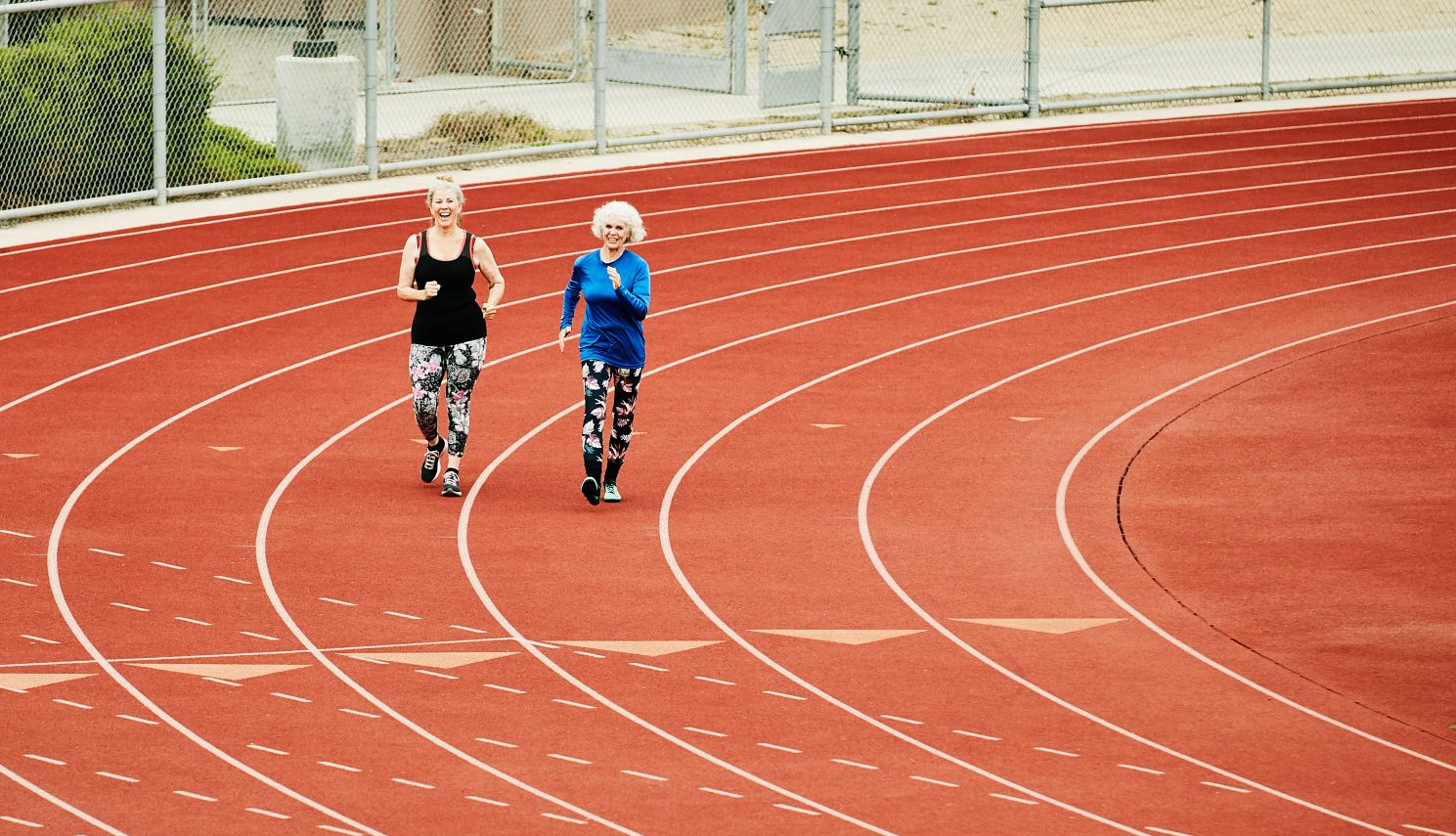AARP Hearing Center


Picking up the pace when you walk could do more than get you to your destination faster — it could boost your physical function for healthier aging, too. Here are eight ways to get more steps in each minute you stride.
Walking 14 steps-a-minute more than their usual pace — reaching about 100 steps a minute, which is considered moderate — improved physical function by about 10 percent in those who were prefrail and frail, according to a July 16 study in PLOS One. Better physical function can make it easier for people to perform activities of daily life, maintain physical activity and thwart falls. Frailty, on the other hand, can make all of those more difficult.
Scientists already know that a quicker walking pace is tied to longevity and healthy later years. Walking encompasses movement, energy and demands on multiple organ systems, so a slow pace could reflect damage in these systems, which, in turn, could affect mobility and physical activity capacity, researchers say.
A low-speed gait, or walking pattern, is linked to impaired mood and cognition, as well as higher risks for falls and fractures, though some experts note that a slower walk could protect against falls. One trial found that faster walkers have a greater risk of outdoor falls, while slower striders have a higher risk of falling indoors.
A 2023 report found that about one-third of people in their 70s — and most in their 80s — have limits in mobility in their immediate surroundings. About 15 percent of individuals have a gait abnormality by the time they’re 60, which goes up to more than 80 percent over the age of 85, the Cleveland Clinic reports.
The team behind the PLOS One study wanted to see if increasing cadence (steps per minute) could help prefrail and frail older adults enhance their physical function. It did, showing that small changes can improve function, even if your body isn’t as strong as it used to be.
Why intensity counts — and how to count it
Increasing cadence raises the intensity of the workout, and a more intense workout is associated with more health benefits. Exercise guidelines recommend at least 150 minutes per week of moderate-intensity activity or 75 minutes of vigorous intensity. You can also meet guidelines if you mix intensities.
The “talk test” is commonly used to gauge intensity, explains Dr. Daniel Rubin, study author and an anesthesiologist at UChicago Medicine. That is, walk quickly enough so you’d have difficulty singing but can still carry a conversation.
“What’s the right intensity? There’s so much wiggle room with having a conversation,” Rubin notes.
This is why his team wanted to find something more definitive. They knew that walking cadence — the number of steps taken per minute — was a good way to measure intensity.
Rubin, who regularly evaluates older adults’ physical function as they prepare for surgery, says clinicians often use questionnaires to measure an individual’s physical function. In many cases, they recommend exercise before the operation in hopes of improving outcomes after it, says Rubin.
His team had previously tested a smartphone app to measure walking pace so people can more easily keep tabs on their steps.
Walking fitness metrics
Speed and cadence are similar but not the same. Cadence is strictly steps per minute, while walking speed, or gait speed, is the amount of time it takes to get to a certain distance. Walking speed depends on cadence and stride length. The faster the cadence and the longer the stride, the faster the gait speed, Rubin says.




































































More From AARP
What Is a Healthy Heart Rate?
The number of beats per minute you should aim for, plus what too fast and too slow mean
8 Foods to Protect Your Muscles as You Age
Browse foods that can help prevent muscle loss, or sarcopenia, in older adults.
Why Am I Walking More Slowly Than I Used To?
A doctor explains why your gait can slow with age, and how to increase your pace